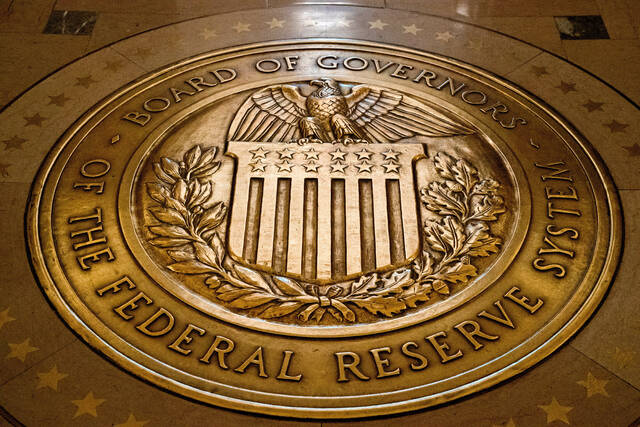What is the Fed? An explainer of the Federal Reserve and how it works
Tensions escalated Tuesday between the Trump administration and the Federal Reserve.
After President Donald Trump announced on social media that he was firing an official on the Fed’s chief governing body — something that hasn’t happened in U.S. history — the official, Fed Governor Lisa Cook, said she had no plans to step down without a legal fight.
Trump has repeatedly criticized Fed Chair Jerome Powell and the central bank’s interest rate-setting committee for not cutting rates, which the president argues will boost the economy and reduce interest payments on the government’s debt of $37 trillion.
Here’s a look at what the Fed is and what it does, and its unique independence among federal agencies:
What is the Federal Reserve?
Commonly known simply as the Fed, the Federal Reserve is the most powerful economic institution in the United States — and arguably the world.
Established in 1913 as the nation’s central bank, its core jobs include setting interest rates, managing the money supply and regulating financial markets and institutions — all with the goal of controlling inflation and generally keeping unemployment around or below 4%.
How is the Fed governed?
The Fed’s seven-member Board of Governors is the chief governing body of the system.
Governors are appointed by the president and confirmed by the U.S. Senate to staggered, 14-year terms. The board’s chair and vice chair are appointed by the president to four-year terms. The chair can be renominated to the top post until their term on the larger board expires.
The board currently has one vacancy and is composed of three Democrats and three Republicans.
Separately, the governors and five of the Fed’s 12 regional bank presidents form the committee that is responsible for setting interest rates and the money supply. Pittsburgh is in the Cleveland Federal Reserve District and has a branch office on Grant Street. Once on the board, the governors operate mostly independently of the White House and Congress — and that’s by design.
Why is the Fed’s independence important?
In the view of many economists, the Fed’s independence allows it to make potentially unpopular decisions, such as raising interest rates to fight inflation, more easily than an elected politician.
Former Fed Chair Arthur Burns has been widely blamed for allowing the extended inflation spike of the 1970s and early 1980s to accelerate by succumbing to pressure from President Richard Nixon to keep interest rates low heading into the 1972 election.
After becoming Fed Chair in 1979, Paul Volcker pushed the short-term interest rate to nearly 20%, triggering a recession and driving up unemployment before bringing inflation back into the low single digits. Many economists credit the Fed’s moves with clearing the way for the economic boom of the 1980s.
Can the president remove Fed governors?
President Trump, a Republican, took to social media Monday night to announce he would be removing Federal Reserve Governor Lisa Cook, effective immediately, over allegations she committed mortgage fraud before joining the board by claiming two primary residences to get better mortgage terms.
A president has never sought to fire a Fed governor before.
The law allows a president to fire a Fed governor “for cause.” Such cases typically would require some type of proceeding in which Cook could respond to the accusations and present evidence.
Cook, a Democrat, has said she will not step down and argued the president doesn’t have the authority to fire her. An attorney for Cook said she would be filing a related lawsuit.
The matter is likely to end up at the Supreme Court.
In a statement Tuesday, the Fed said it would “abide by any court decision” and added: “Congress, through the Federal Reserve Act, directs that governors serve in long, fixed terms and may be removed by the president only ‘for cause.’ Long tenures and removal protections for governors serve as a vital safeguard, ensuring that monetary policy decisions are based on data, economic analysis, and the long-term interests of the American people.”
Editor’s note: Compiled from The Federal Reserve, the Council on Foreign Relations and Associated Press reports.
Remove the ads from your TribLIVE reading experience but still support the journalists who create the content with TribLIVE Ad-Free.

